Last Updated on January 5, 2024 by Greg Gillson
There are many ways to get hummingbirds to come to your feeder. The top 5 things you can do that have the most impact are these:
- Keep your feeders full
- Clean every time you refill
- Change the style of your hummingbird feeder
- Add flowers to your yard
- Place multiple hummingbird feeders
 |
|
Male Rufous Hummingbird
Photo by Greg Gillson
|
You bought the best hummingbird feeder you could find. You found the best place to hang it. You filled it with delicious nectar. Your first hummingbird showed up. Hurray!
But then, not much. Every once in a while a hummingbird stops by. But you’d like more. Every day.
Hummingbirds are so beautiful. So active. I love watching them zip around the yard, chasing each other. I love to see the dominant male sits on his perch in the sun, surveying his kingdom. That jeweled throat flashing in the sun is so amazing. Don’t you just love it? How wonderful! If only hummingbirds were more regular in your yard.
What can you do to get even more hummingbirds to come to your feeder?
In this article I discuss 5 things that will help your yard be that neighborhood hummingbird magnet. It will be your yard where you will hear passersby saying, “I wish my feeders attracted so many hummingbirds.”
So, how do we get started? Follow these guidelines to get hummingbirds to come to your feeder. Lots of hummingbirds!
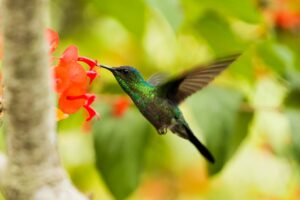
1. Keep your feeders full
It seems obvious. But it’s so hard to do on a consistent basis. I look out the window and my hummingbird feeder is empty! I just filled it up 2 days ago. It was then that I made extra of the hummingbird mixture. It’s in the fridge.
I have hummingbirds zipping around regularly. A family of Allen’s Hummingbirds are using my feeders regularly. This is the first year for that. Usually I only get the big Anna’s Hummingbirds. They fight each other all day, defending the feeder. But in the evening twilight I see all 5 feeder ports with a hummingbird on each. Before dark they tolerate each other and drink down as much sugar water as possible.
That’s where I lose the most hummingbird water–in the evening twilight.
Okay. Okay. Let me interrupt my writing and go refill my feeder….
There. That’s done. And 3 minutes after I hung it back out there’s already a young Anna’s Hummingbird is drinking the hummingbird mix from the feeder.
When I say to keep the hummingbird feeder full, I don’t mean filled up completely. I mean, don’t let the feeders go completely empty for long. As soon as there is no hummingbird food those little guys will go looking elsewhere for their needed sugar.
As a reminder, here is the recipe to follow for hummingbird food.
Later I’ll discuss how to keep from ever running completely out of nectar. Next, though, something very important.
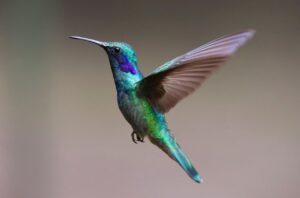
2. Clean every time you refill
Don’t “top off” your hummingbird feeders. They’ve been sitting for a couple of days out in the sun. Hard-to-remove black mold is starting to form on the glass and the crevices of the plastic parts of the feeder. Though you can’t see it yet, strings of bacteria are thriving on the sugar nutrient. These could make the hummingbirds sick.
Think of it this way. Would you drink from it? No? Then it needs to be cleaned and refreshed!
When the feeder is empty or the hummingbird nectar is cloudy, take it down and clean it. Immediately!
If you clean your feeder every couple of days when refilling, then it may not need vigorous scrubbing. Wash it out with hot water and dish detergent. Rinse it thoroughly. If you want to wash it with vinegar, instead of detergent, that’s okay. Some people recommend that. I haven’t noticed that hummingbirds are put off by any “soap taste.” Detergent easily rinses away. Human taste buds and sense of smell is probably better than a hummingbird’s. Wash the hummingbird feeder as you would your own dishes and it’ll be fine.
Every third time you refill, or if you see mold or cloudy water, give it a good scrubbing. Buy various sizes of pipe cleaners and small scrub brushes to reach all the nooks and crannies of the feeder. Take extra time to get it really clean.
The plastic parts of hummingbird feeders are not dishwasher safe. Even if it says they are, they likely really aren’t. If you want to wash the feeder in the dishwasher, well, be prepared to buy new feeders more regularly. That’s not all bad. After all, I know a place where you can buy a new one! (My favorite brand that doesn’t drip and is easy to clean is available from this affiliate link on Amazon: Ruby, Garnet, and Diamond models.)
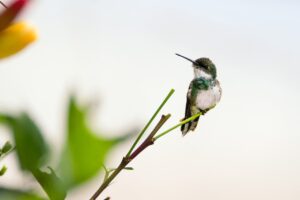
3. Change the style of your hummingbird feeder
You should experiment with different styles of feeders. What are those styles?
Well, there are two main broad categories of feeders: inverted and saucer.
You are probably most familiar with the inverted type of hummingbird feeders. These feature a glass or plastic bottle that you fill and then invert. Gravity pulls the liquid down, but a vacuum keeps it from all pouring out at once. As the hummingbirds drink, air goes into the bottle and a bit more hummingbird food is released.
Some of these are quite artistic. Many drip or leak as the sun warms and expands the air inside. They may leak as they sway in the wind. Leaking hummingbird feeders draw ants and bees.
Some of these inverted hummingbird feeders have “pinched waist” or other shapes which are difficult to clean. Some of the plastic feeder ports do not come all the way apart. These trap mold or are otherwise difficult to clean.
Yes, there can be problems with these inverted feeders. But most of these manufacturers have some models that are much better than others. Look for wide mouth bottles. Look for feeders that come completely apart for easy cleaning. Look at online reviews to see if there is a problem with leaking or cleaning.
The saucer type feeders keep the hummingbird nectar in a small bowl. Feeder ports are in the lid. The hummingbird tongue reaches down to the liquid. The hummingbird water will not leak out unless, perhaps, the feeder swings and tips in the wind.
These are often easy to clean and refill. They don’t hold very much liquid, though. So they need to be refilled more frequently.
Bees have a harder time reaching the liquid in these saucer type hummingbird feeders. However, these may be easier for ants to enter.
Why change feeder designs?
Well, keeping your feeders clean and disease-free is important for the health of your hummingbirds. If your hummingbird food goes bad, the birds will not return. It could appear that there aren’t hummingbirds in the area. But they may have learned that your feeder doesn’t taste good. So you need a feeder that is easy to clean.
Bees and ant pests can drive off hummingbirds. If they get into the food they quickly foul it. Thus, you should choose a feeder that keeps these insects away with bee guards and ant moats or the design itself. Yellow is said to attract bees. Thus, many feeders have white “flowers.” And leaking feeders attract insects. So the design is important.
You may have to experiment with a couple of different feeders to find one that the hummingbirds like and the insects can’t get into. But there are other reasons to have more than one feeder. We’ll talk about that below. But first, how about some flowers?
This video discusses 5 flowers that grow well in Idaho that attract hummingbirds. Check your local nursery to see if there is a variety of these flowers that grows well where you live.
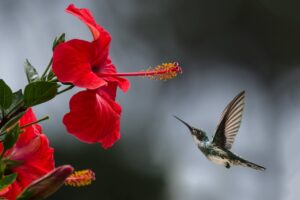
4. Add flowers to your yard
Of course, real flowers are probably better than feeders to attract hummingbirds. The sugar in the flowers is not going to get mold and bacteria as hummingbird feeders can if neglected. And you don’t have to replace them every three days!
Flowers also attract small insects and spiders that hummingbirds love to eat. Hummingbirds don’t just eat nectar! But you can have flowers and hummingbird feeders. All those bright flowers will catch the attention of the hummingbirds from far and wide.
The key to flowers for hummingbirds is to find some that hummingbirds like. Then you need several types so that one or another is blooming all through the year. This is especially important in early spring when hummingbirds are first arriving. You want to grab the first hummingbirds while they are looking for a feeding territory before nesting. You want to grab any hummingbirds just passing through. They can fuel up for a day or two and then continue on their migration.
What are some flowers that attract hummingbirds? The video above mentions Agastache (giant hyssop or hummingbird mint), Zauschneria (California-fushcia or hummingbird flower), Monarda (bee balm or horsemint), Nepeta (catnip or catmint), Buddleja (butterfly bush). Other recommended flowers include Lonicera (trumpet honeysuckle), Lobelia, Salvia (sage).
You should check with your local nursery to find native flowering plants that attract hummingbirds. Hummingbirds naturally go together with tubular flowers.
Consider hanging baskets of flowers early in the spring. Early migrant hummingbirds (February or March on the West Coast and southern states) can see them from farther away. You can bring them in at night during frosts. A hanging basket of flowers next to a hummingbird feeder is both attractive and practical.
In the mountains of Oregon, I noted that patches of Castilleja (Indian Paintbrush) always hosted hummingbirds in summer. It is the State Flower of Wyoming. But I don’t know if it grows well in gardens. Here in southern California I notice Nicotiana (Indian tobacco) is very attractive to hummingbirds. It is described as sprawling, but I’ve noted it as more a thin tree-like bush 6-8 feet tall with huge yellow trumpet flowers. I’ve only seen them in the wild, never cultivated. But I must admit to knowing very little about flowers, in general.
This video discusses interesting facts about the Ruby-throated Hummingbird. At about timestamp 3:15 it discusses ways to attract hummingbirds to get them to come to your feeder.
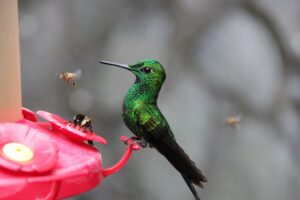
5. Place multiple hummingbird feeders
Having more than one hummingbird feeder has several advantages. I’ll name just two benefits.
First, there is always a dominant hummingbird at the feeder. This is natural. The males, especially, defend a feeding territory. Not a nesting territory. A feeding territory. That often includes a reliably-filled hummingbird feeder. This dominant bird stands guard from a prominent perch.
Having more than one feeder allows more hummingbirds to get in. The dominant, or bully, hummingbird can only chase one hummingbird away at a time. This allows other birds to get into the feeder.
Second, you can stagger the filling of hummingbird feeders so that only one feeder at a time runs low. When the first is empty, the second is still half full. Fill the first feeder (cleaning it first, of course!) and it will still be half full when the second is out of nectar. If you want more hummingbirds it is important not to let all your feeders go completely empty!
With multiple feeders you can experiment with locating them in different areas of your yard.
If you want more information on the benefits of multiple feeders, please read my article: Get more hummingbirds with 2 or more feeders.
Want more hummingbirds? Give hummingbird feeders as gifts to your immediate neighbors! This works especially well if you really don’t see any hummingbirds in your neighborhood. It may take a group effort. And it may take a couple of years. People take social cues. If several people start putting up hummingbird feeders, more will–just like solar panels! More feeders will eventually bring more hummingbirds.
Wrapping Up
Feeding hummingbirds offers a unique and multifaceted joy that goes beyond simply providing sustenance to beautiful feathered creatures. It’s a sensory feast for the soul, engaging different aspects of your senses and emotions in an enriching experience. Here are some ways the joy of feeding hummingbirds unfolds:
Visual Delights:
- Iridescent jewels: Witnessing the vibrant flashes of emerald green, ruby red, and sapphire blue as hummingbirds hover and dart around feeders is a breathtaking visual spectacle. Their tiny bodies adorned with shimmering feathers seem like living gemstones dancing in the air.
- Acrobatic artistry: Hummingbirds defy gravity with their incredible aerial maneuvers. Watching them hover with their wings beating at supersonic speeds, zip through feeders with lightning-fast precision, and perform mid-air pirouettes is a mesmerizing display of avian gymnastics.
- Tiny hummingbird dramas: Observing territorial disputes, playful chases, and courtship rituals among hummingbirds adds a touch of fascinating drama to the scene. These glimpses into their intricate social lives create a sense of wonder and connection.
Frequently Asked Questions
Why are hummingbirds so important?
Hummingbirds play a crucial role in our ecosystem beyond their breathtaking beauty and captivating acrobatics. Their importance can be understood through multiple lenses:
Pollination Powerhouse:
- Unique adaptations: Their long, slender bills and specialized tongues allow them to reach deep into flowers, extracting nectar while simultaneously transferring pollen between blooms. This crucial pollination service ensures the reproduction of countless plant species, from delicate wildflowers to towering trees.
- Keystone role: In some ecosystems, hummingbirds are the primary or even sole pollinators for specific, native plants. Their decline could disrupt delicate ecological balances and impact plant communities, with cascading effects on other wildlife and ecosystem functions.
- Economic benefits: Pollination by hummingbirds contributes to the production of fruits, vegetables, and other agricultural crops, impacting our food security and economy.
Do I feed hummingbirds all year?
Whether or not you should feed hummingbirds year-round depends on several factors, including your location, climate, and the specific needs of the hummingbird species in your area. Here’s a breakdown to help you decide:
Year-Round Feeding:
- Regions with Resident Hummingbirds: In areas where certain hummingbird species reside year-round, like the Pacific Coast and southern US, offering feeders throughout the year can provide a valuable supplemental food source, especially during periods of scarce natural nectar.
- Winter Support: Even in areas with migrating hummingbirds, some individuals might overwinter, particularly during mild winters. Providing feeders can be crucial for their survival during colder months when natural flowers are scarce.
- Encouraging Early Arrivals: Early returning migrants might benefit from available feeders, helping them refuel after their long journey.
What should you not feed hummingbirds?
Hummingbirds are delicate creatures with specific dietary needs, so knowing what not to feed them is crucial for their health and safety. Here are some absolute no-nos when it comes to hummingbird treats:
1. Artificial Sweeteners: Avoid any sweeteners like sucralose, aspartame, or saccharine. These artificial sugars lack the necessary nutrients and can be harmful to hummingbirds, potentially causing digestive issues, malnutrition, and even death.
2. Honey: Honey, despite its natural origin, can harbor bacteria and yeast spores that can cause fungal infections for hummingbirds. Stick to plain sugar water for their feeding needs.
3. Food Coloring: Steer clear of artificial food coloring. While it might make the nectar look appealing, it offers no nutritional value and can potentially harm hummingbirds.
4. Flavored Liquids: Resist the temptation to add fruit juices, herbs, or spices to the nectar. Hummingbirds have sensitive taste buds, and these additives can upset their digestive system and attract unwanted insects.
5. Human Food Scraps: Hummingbirds are not equipped to handle human food like bread crumbs, fruits, or even insects intended for other birds. Stick to their preferred diet of sugar water and natural nectar sources.
This is a companion article to: Why won’t hummingbirds come to my feeder? You will want to check that article for different additional ideas to help you get hummingbirds to start coming to your feeder.



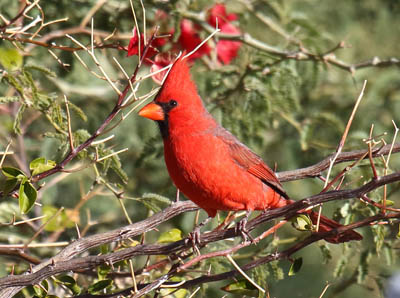
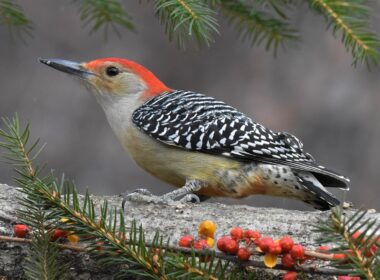
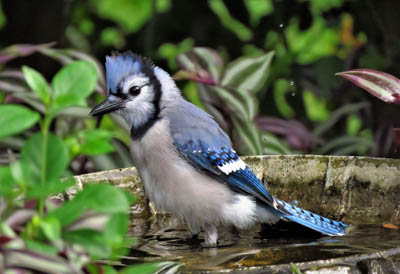
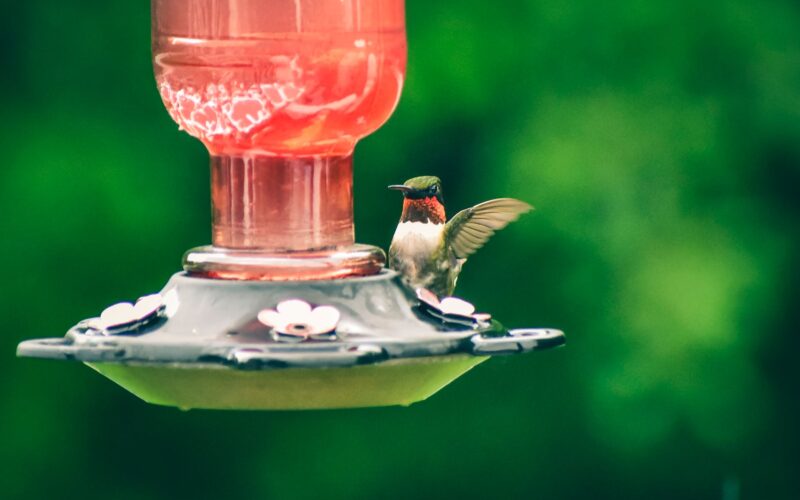

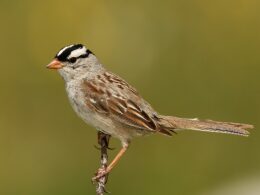
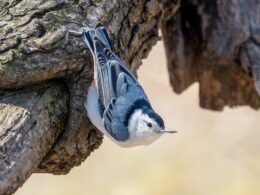
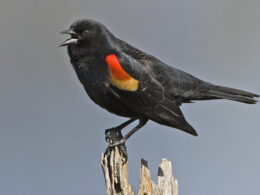
Enjoyed it. Wish I had read in the spring.
Next year!
Thanks for the good info. I will clean the bird feeder and put in new nectar. They came the first year we put it up , but not after that.
My hummingbirds got down to only one for a while. He chased all others away. The young birds have hatched now and are visiting the feeder. The one dominant male can no longer chase all the others away.
You should have many young of the year birds visit your feeder soon and remain through September, proabably.